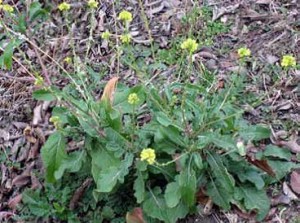Our next CHES Meeting (Community Horticultural Education Series) will be Monday, June 8th at the Somervell County Water District Offices, at 2099 County Road 301, Glen Rose.
Kevin Taylor, General Manager, will be in charge of the program. Kevin grew up in Brownwood and graduated from Howard Payne University with a Bachelors degree in Business Administration. Prior to moving to Glen Rose, he worked thirteen years as Director of Planning and Development for the Fort Worth Housing Authority. He has served as the General Manager of the Somervell County Water District since 2002, and has served on the Glen Rose School Board for nine years.
Our program will begin at 6:00 pm instead of the usual 6:30 pm. As always, this program is free and open to the public.





 1 gallon distilled vinegar
1 gallon distilled vinegar

